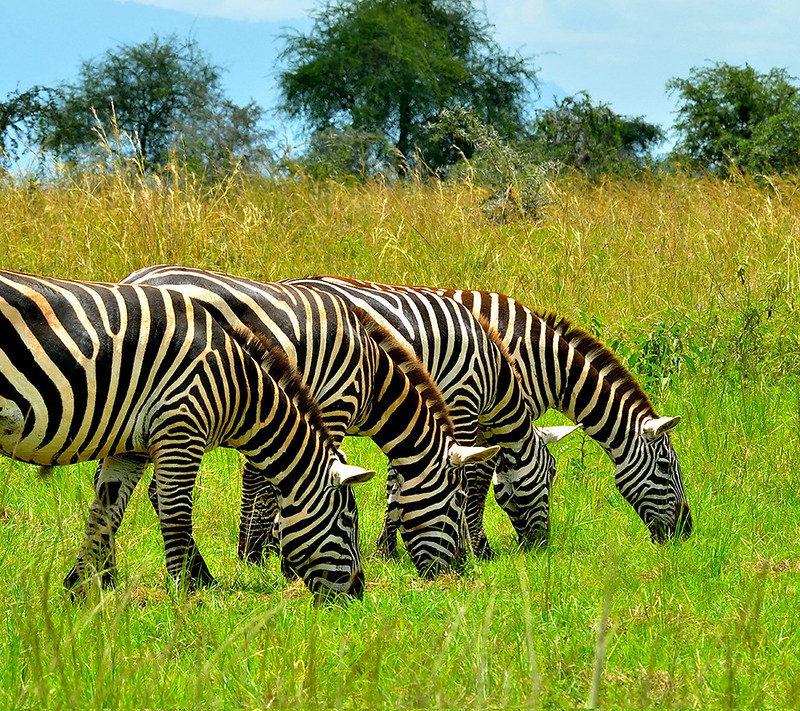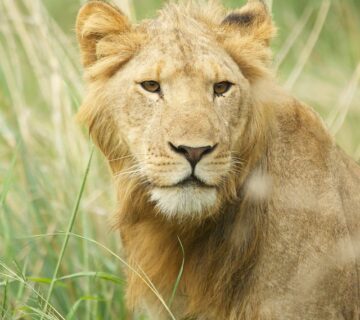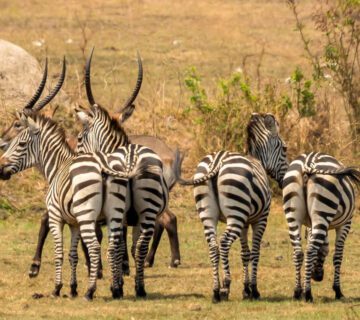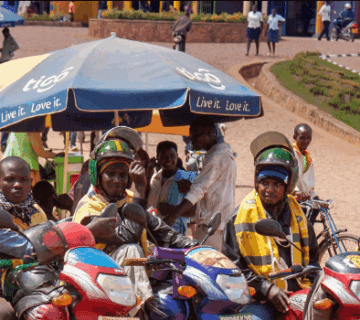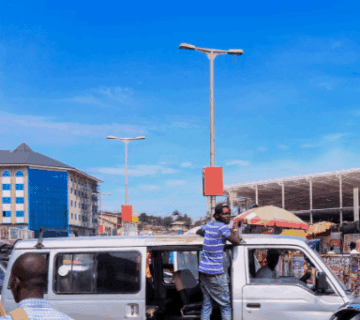The Gates of Kidepo Valley National Park: Kidepo Valley National Park is located in the remote northeastern corner of the Karamoja area in Kaabong district, near the Uganda-South Sudan border, some 410 kilometers from Kampala.
The national park is renowned for its isolated and unspoiled nature, diverse animals, and breathtaking scenery. The park is named after the picturesque valley that flows through it, which is flanked by steep hills and mountains. Kidepo Valley National Park contains a variety of ecosystems, including savannah, woodland, and acacia forest, which sustain a diverse range of plant and animal species.
The park is accessible by both road and air, However, the road conditions are occasionally terrible, therefore a 4WD ride is required. Kidepo Valley National Park may also be reached by air. Charter flights can be organized from Kajjasi to Entebbe International Park Airport and then to Lomej airstrip near the park’s headquarters.
The aircraft takes around two hours to reach the park. The civil aviation authority intends to convert Lomej airfield, located east of Apoke’s tourism hub, allowing tourists to fly directly to the Kidepo mountain ranges.
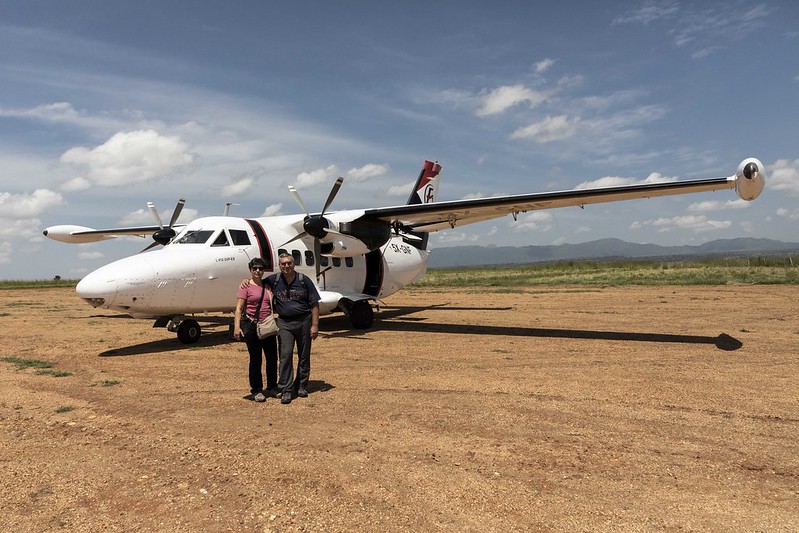
One of Kidepo Valley National Park’s distinguishing features is its gates, which serve as access points to various regions of the park. The gates not only offer entrance for visitors, but they also play an important part in the conservation and protection of the park’s natural assets.
The Gates Of Kidepo Valley National Park
Each gate provides access to a distinct wildlife experience, allowing visitors to explore the park and watch animals in their natural habitat. When arriving in Kidepo Valley National Park, you can either enter by different gates depending on the direction you’re coming from.
The Kalokudu Gate
The Kalokudu Gate is one of the primary gates to Kidepo Valley National Park and provides access to the Kalokudo region. This location is well-known for its abundance of wildlife, which includes lions, buffalo, and elephants. Visitors on a self-game drive may enjoy game drives and bird-watching possibilities in this picturesque section of the park.
The Apoka Gate
The Apoka Gate is near the park’s headquarters and provides entrance to the Apoka region, where self-drive tourists can enjoy game drives, environmental hikes, and cultural encounters with the indigenous Karamojong population. The area also includes Narus Valley, a magnificent savannah environment teaming with animals like lions, buffaloes, and elephants.
The Lopie Gate
Lopie Gate is located on the western side of the park and provides entrance to the Lopie region. This location is distinguished by huge savannah grasslands and is home to a diverse range of species, including giraffes, zebras, and many antelopes. Visitors on a self-game drive may enjoy game drives and bird viewing in this lovely area of the park.
The Lotukei Gate
The Lotukei Gate is another key entry point into the park, providing access to the Lotukei region. This area is recognized for its gorgeous environment and difficult terrain, making it an ideal location for hiking and nature excursions. Visitors on a self-guided drive may experience breathtaking views of the surrounding hills and mountains while trekking, viewing species such as hyenas, jackals, and warthogs.
The Nataruk Gate
The Nataruk Gate This picturesque entrance, located in the northern portion of the park, provides entry to the Nataruk region. This region is recognized for its varied fauna, with over 450 bird species documented within the park. Visitors on a self-drive may go on an outstanding birding tour to see a variety of bird species, such as ostriches, vultures, and hornbills.
The ideal time to visit Kidepo Valley National Park.
The best time to visit Kidepo Valley National Park for game viewing is during the dry season in July and August, when animals congregate around water sources. During the rainy season, animals shift from valleys to higher and drier land, where they are less visible. Keep in mind, however, that these are the two hottest months and are also believed to have the worst weather, with an average temperature of 27.5°C and daily changes ranging from 21.5°C to 34°C, making it extremely hot and dusty.
Book your Kidepo Valley National Park Safari Simply by Filling and Submitting the form below
Error: Contact form not found.

